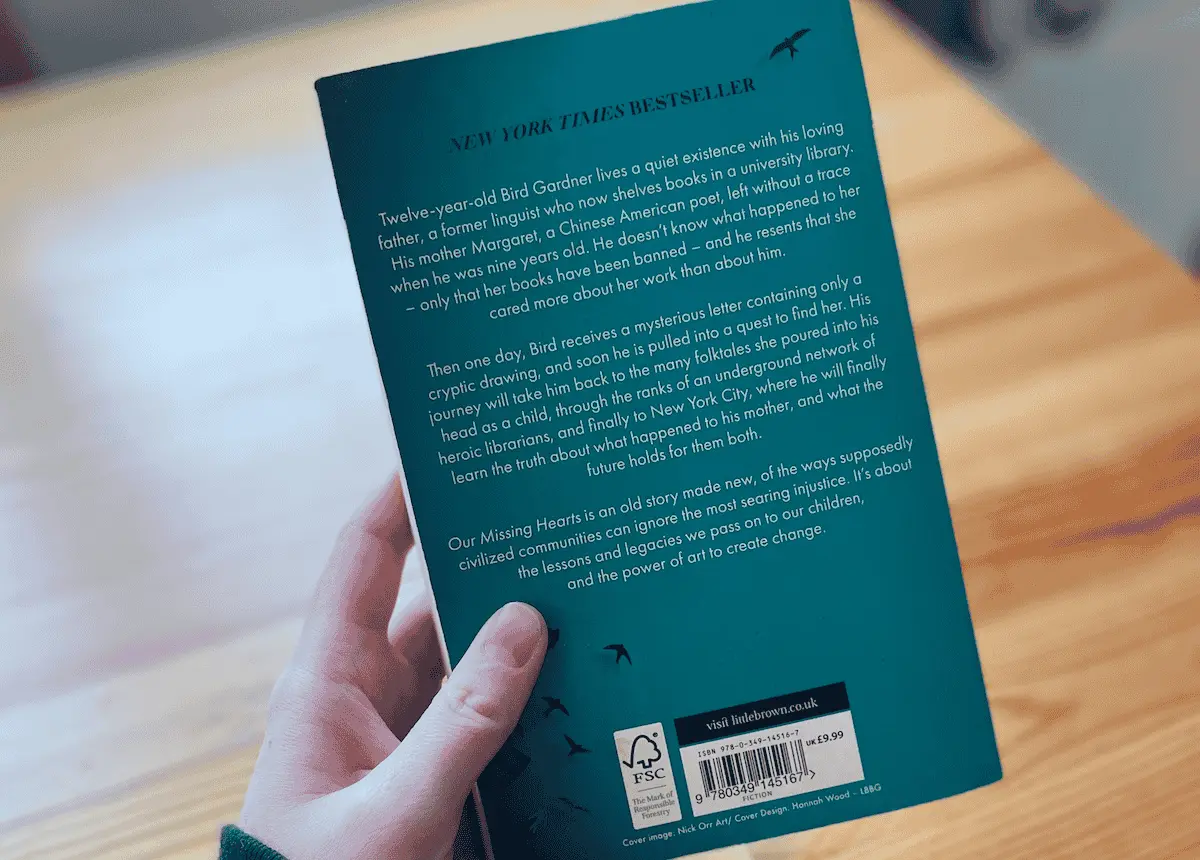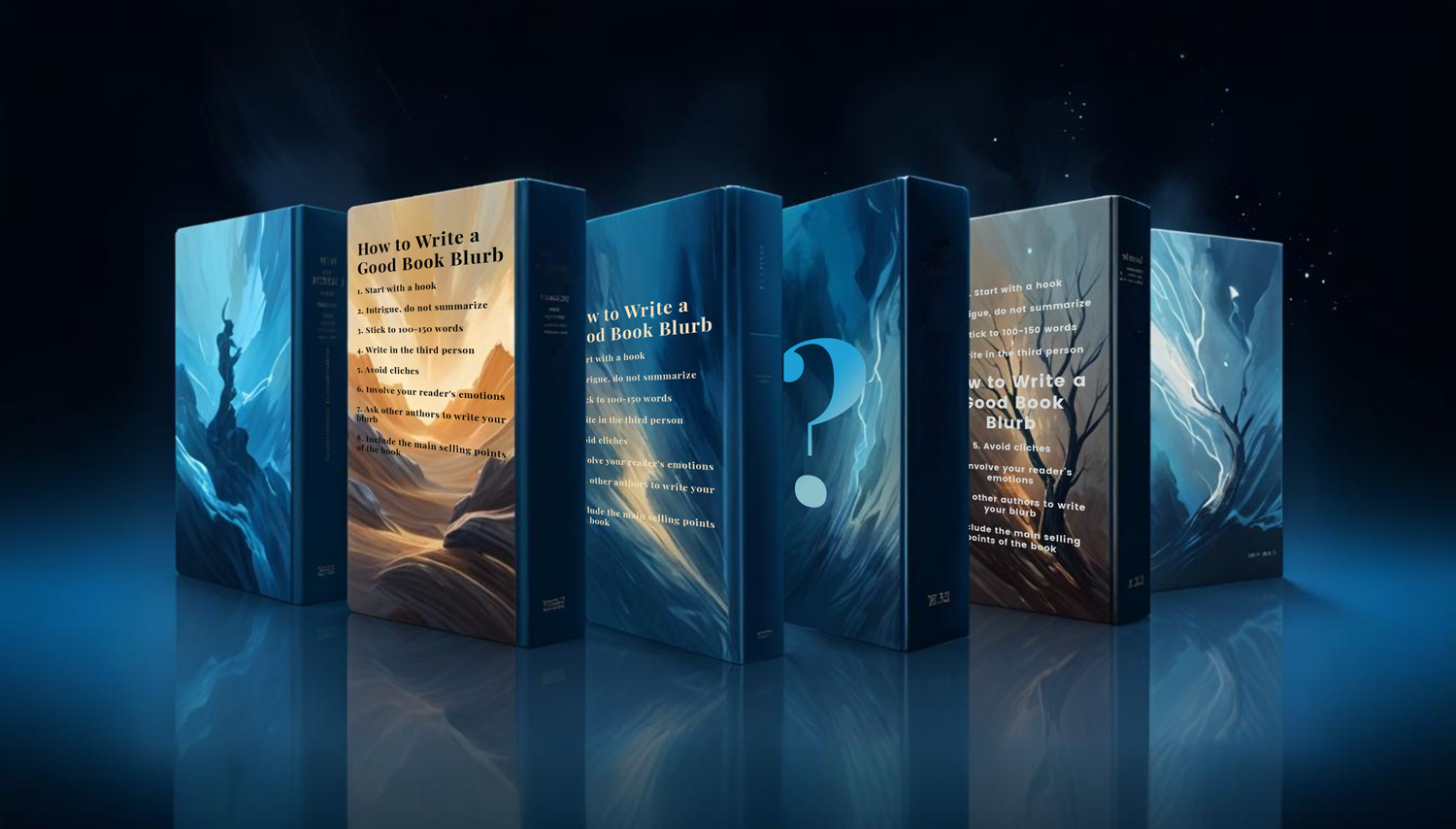If you’re an author, knowing how to write a compelling book blurb is an essential skill. A book blurb is the first thing potential readers see, and it plays a huge role in whether they pick up your book or move on to something else. With the right approach, you can craft a book blurb that grabs attention and keeps readers curious.
1. Start with a Hook That Grabs Attention
The first sentence of your book blurb is the most important. It needs to hook the reader immediately. Think of it as the headline of your story. A strong opening line should create intrigue or raise a question in the reader’s mind. For example, instead of saying, “This is a story about a detective,” try, “What happens when a detective discovers a shocking secret about their own past?”
This kind of hook can instantly draw the reader in and make them want to learn more.

2. Introduce the Main Character
After grabbing the reader’s attention, it’s time to introduce the protagonist. A compelling book blurb should give readers a glimpse of who the story revolves around. Share just enough about the character to make them relatable or intriguing. For example, “Emma, a fearless journalist, is determined to uncover the truth about her father’s mysterious disappearance.”
When introducing your character, keep it concise but compelling. Readers should feel connected to the protagonist right away.
3. Highlight the Central Conflict
Every great story has conflict, and your book blurb should hint at what’s at stake. Whether it’s an epic battle, a romantic dilemma, or a personal struggle, the conflict is what drives the story forward. Include just enough detail to pique interest without giving away too much. For example, “As Emma digs deeper, she uncovers a web of lies that could destroy her family.”
A well-written conflict can make readers eager to find out how the story unfolds.
4. Use Emotional Language
To make your book blurb truly compelling, use language that evokes emotion. Words like “heartbreaking,” “thrilling,” or “unforgettable” can make your blurb stand out. Emotional language helps readers connect with the story on a deeper level and motivates them to keep reading.
Remember, the goal is to create a sense of urgency and excitement. Let readers feel the tension, joy, or suspense that your book offers.
5. Keep It Short and Sweet
A book blurb isn’t the place for lengthy explanations or detailed descriptions. Keep it short, around 150–200 words. Focus on the most important elements: the hook, the protagonist, and the central conflict. If you try to include too much, you risk overwhelming your reader.
Shorter blurbs are easier to read and leave readers wanting more, which is exactly what you want.
6. Avoid Spoilers
While writing a book blurb, it’s important to avoid giving away key plot points or spoilers. Readers want to be intrigued, not have the entire story laid out for them. For instance, instead of revealing the ending, hint at the challenges the characters will face. This keeps readers curious and eager to find out more.
Spoilers can ruin the suspense and take away the excitement of discovering the story.
7. Include a Call-to-Action
A call-to-action (CTA) encourages readers to take the next step, like buying the book or reading a sample. Phrases like “Will Emma uncover the truth before it’s too late?” or “Find out in this gripping tale of love and betrayal” can motivate readers to take action.
Make your CTA clear and engaging. It should leave readers with a sense of urgency to dive into the book.
8. Tailor the Tone to Your Genre
The tone of your book blurb should match the genre of your book. If you’re writing a thriller, use suspenseful language. For romance, focus on passion and emotion. A consistent tone helps set the right expectations for readers and ensures that your blurb resonates with your target audience.
For example, a fantasy novel might use imaginative language, while a mystery could focus on intrigue and suspense.
9. Test Your Blurb
Once you’ve written your book blurb, test it out. Share it with friends, fellow writers, or potential readers and ask for feedback. Does it grab their attention? Does it make them want to read more? Revising your blurb based on feedback can help you fine-tune it and make it even more compelling.
Remember, feedback is invaluable in creating a blurb that truly stands out.
10. End with a Teaser
A strong ending can leave a lasting impression. End your book blurb with a teaser that keeps readers guessing. For example, “As secrets unravel, Emma must make a choice that could change everything. What will she decide?”
A teaser not only adds to the suspense but also encourages readers to buy the book to find out what happens next.
Conclusion
Knowing how to write a compelling book blurb is key to attracting readers and boosting your book’s success. By starting with a hook, introducing your protagonist, and highlighting the conflict, you can craft a blurb that grabs attention. Remember to keep it short, use emotional language, and tailor it to your genre. With these tips, you’ll create a blurb that leaves readers eager to read more.







